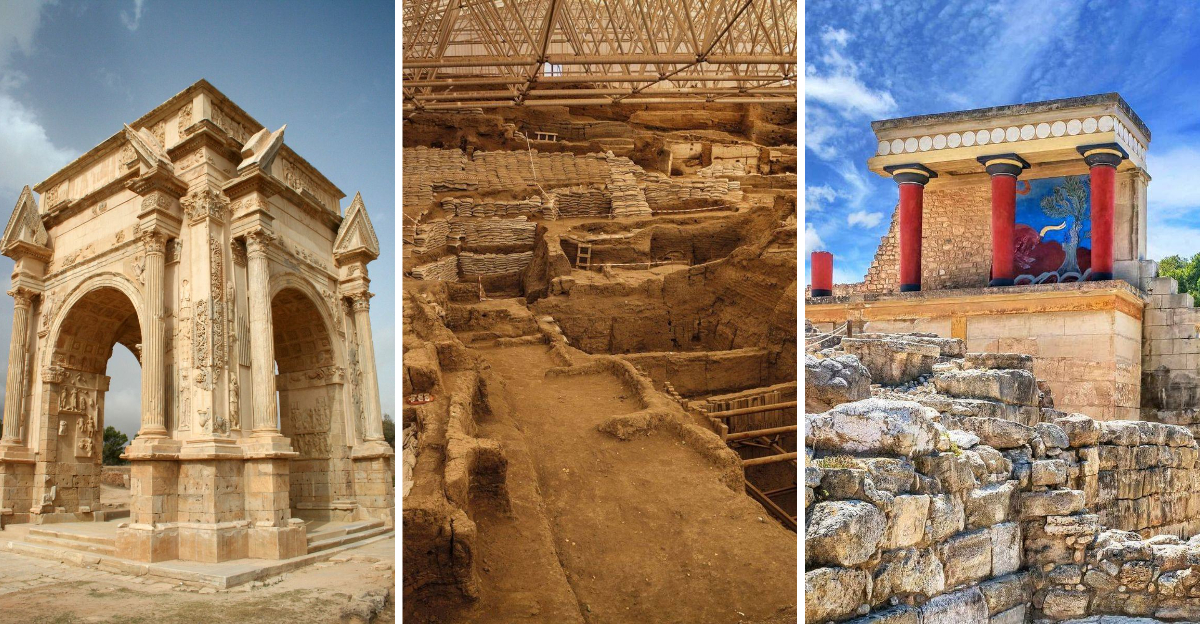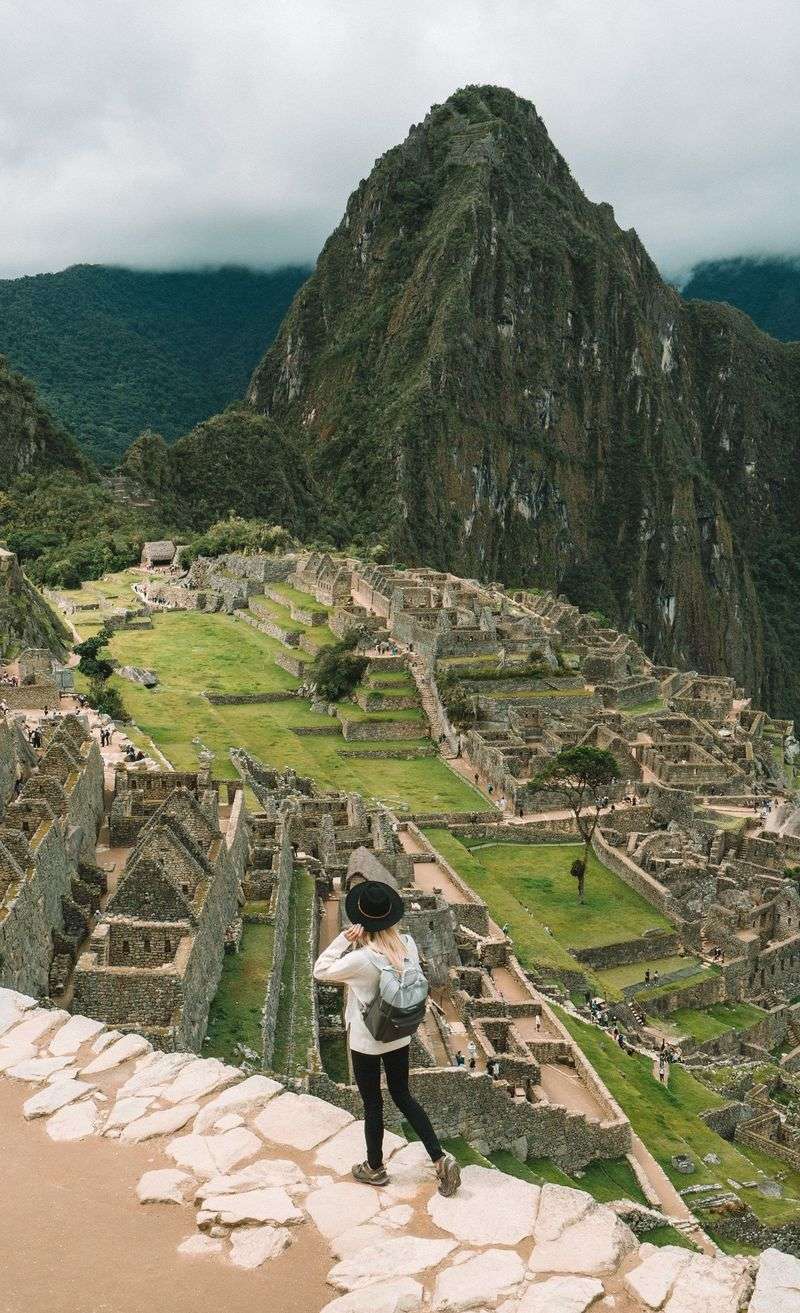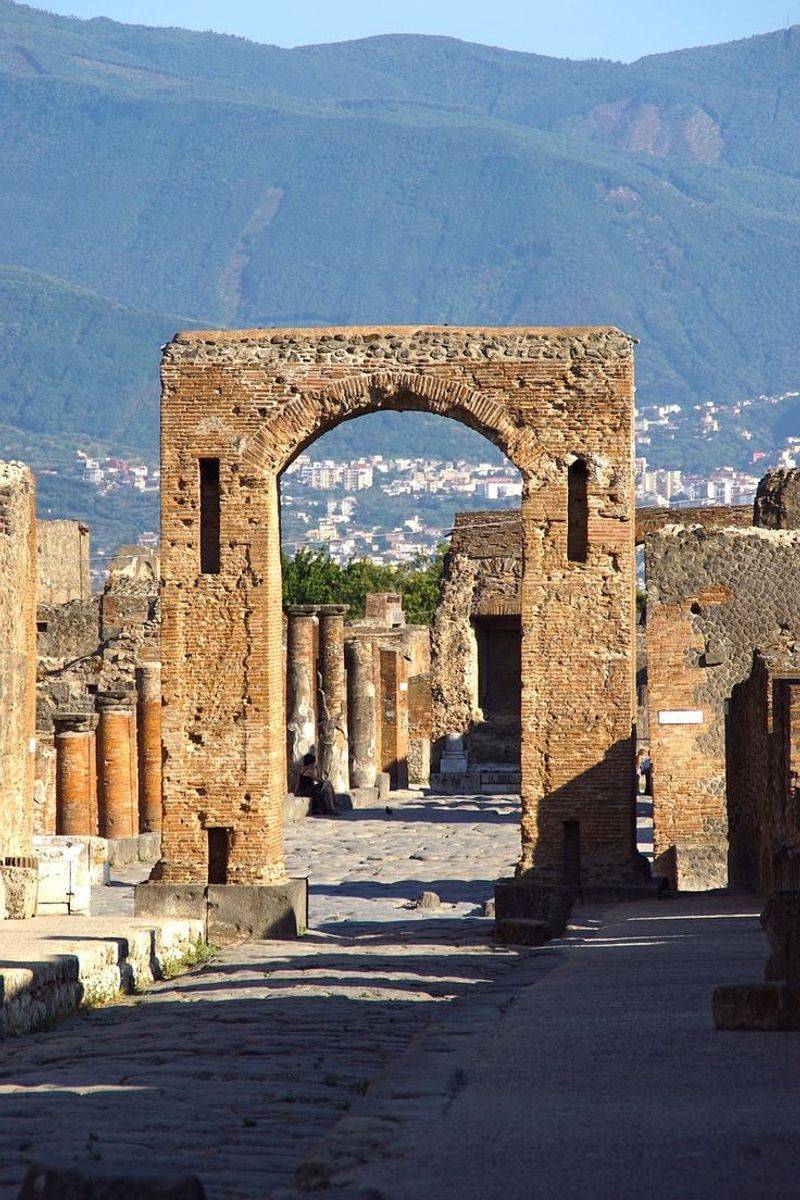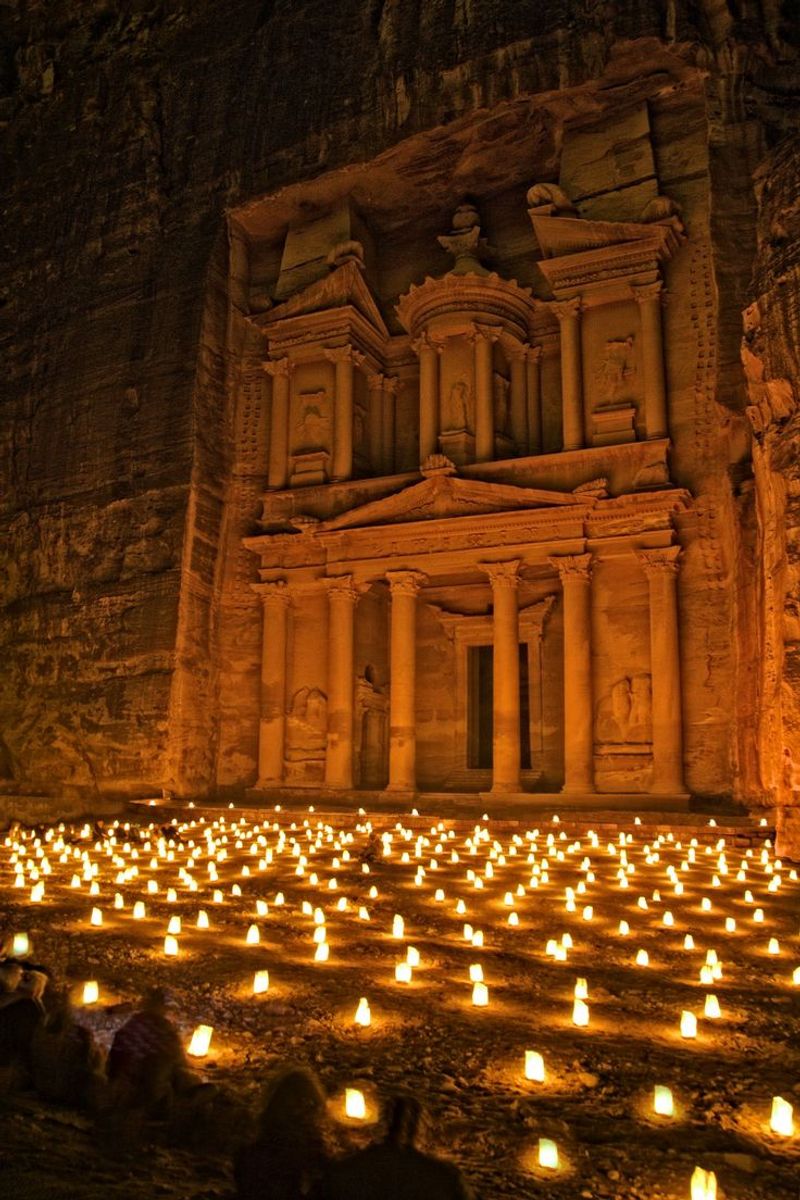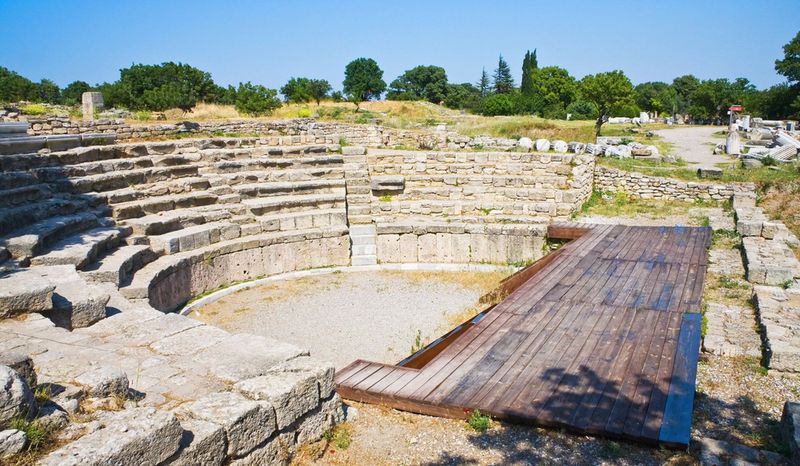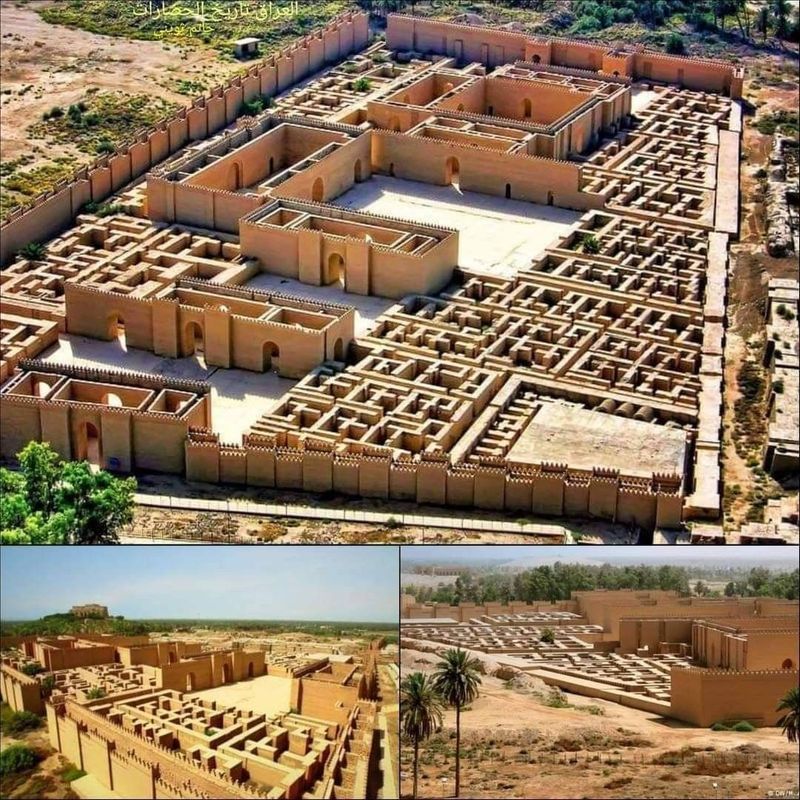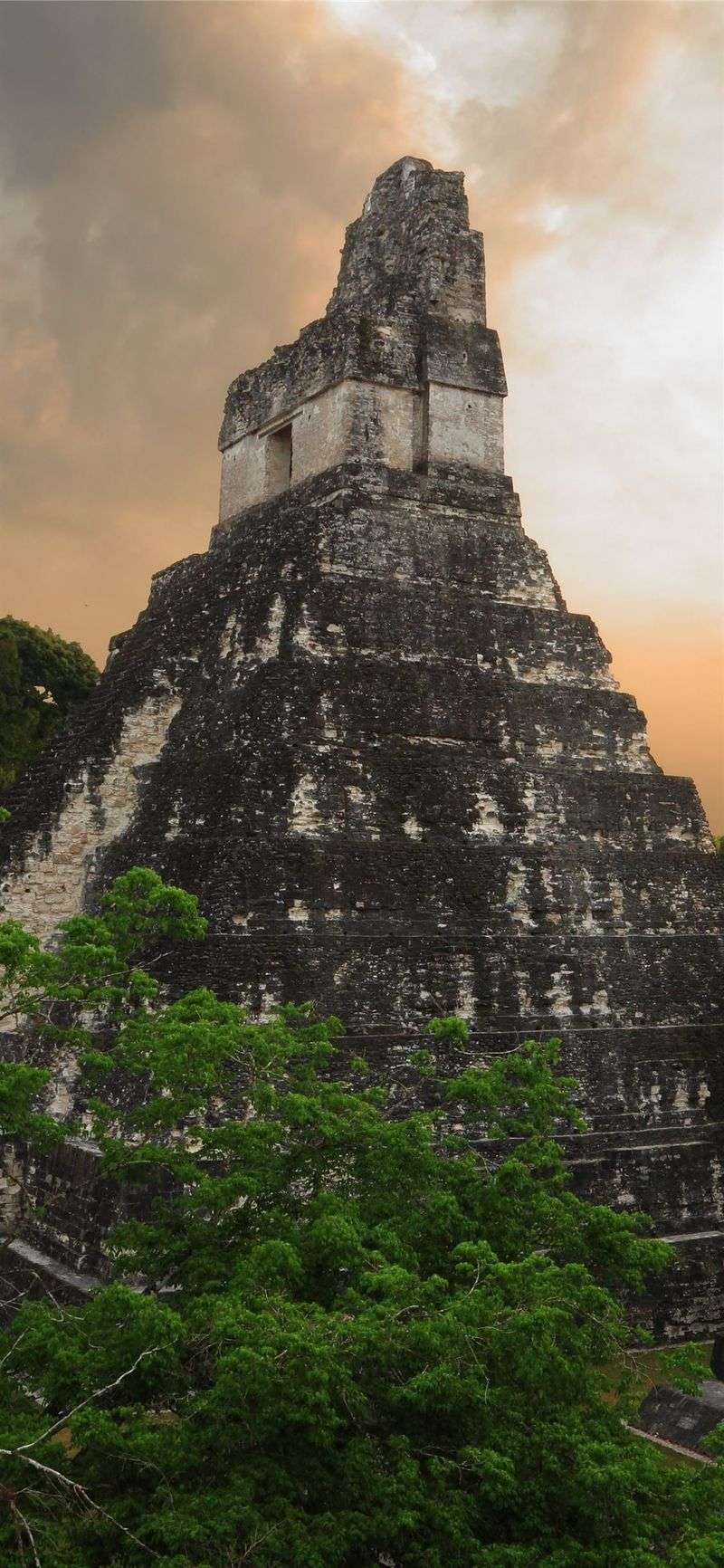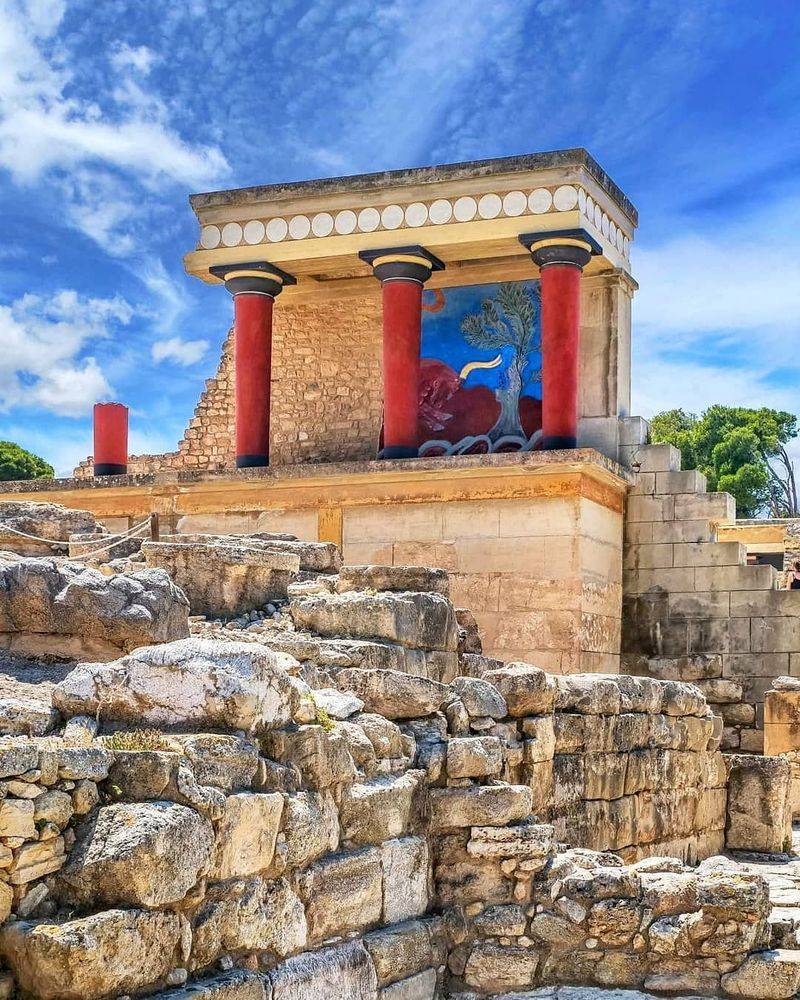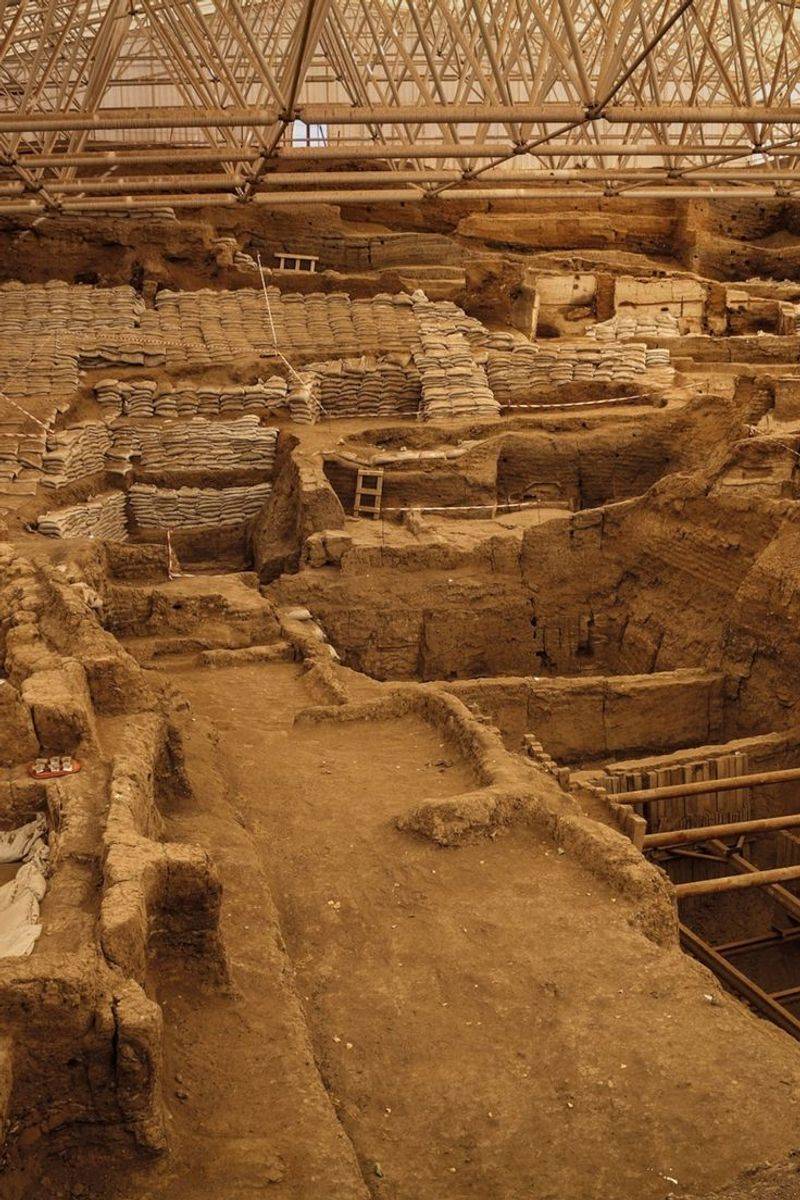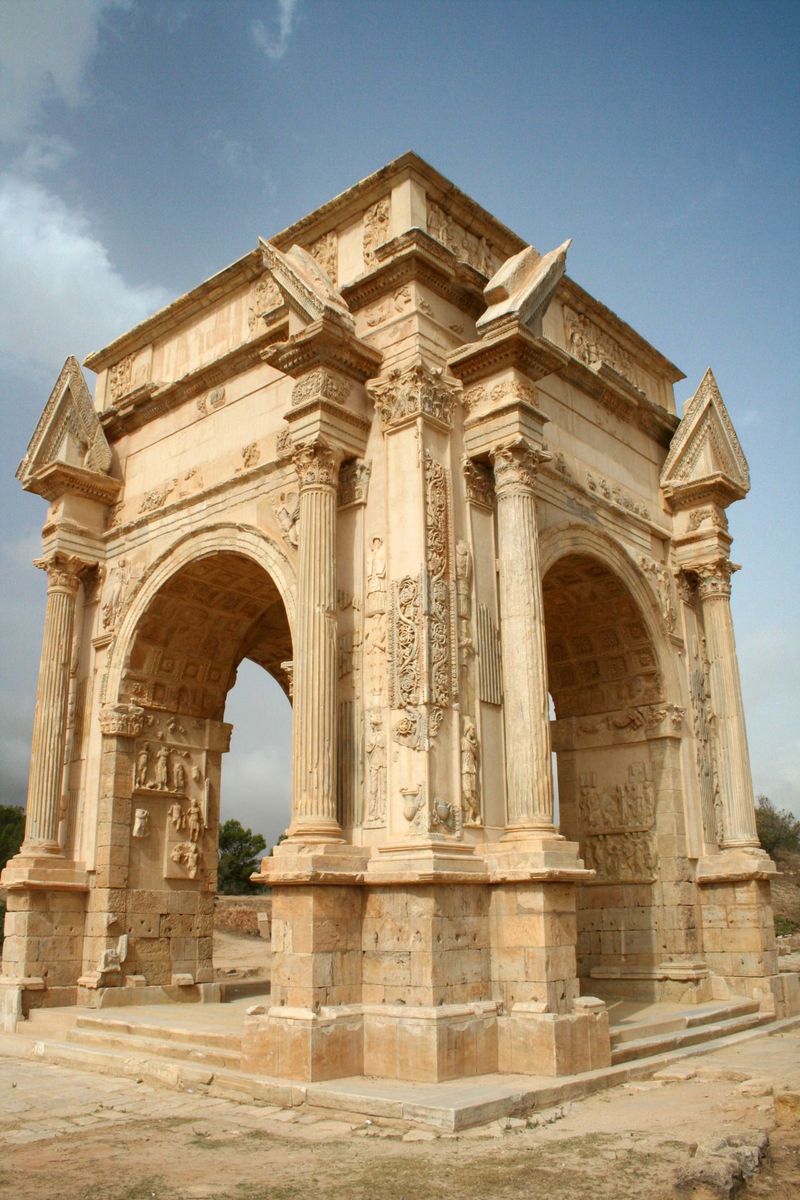History is filled with stories of cities that have been forgotten by time, only to be rediscovered centuries later. These ancient metropolises tell tales of human ingenuity, triumph, and sometimes downfall. Join us on a journey through time as we explore ten fascinating cities that were once lost to the sands of time.
Machu Picchu
Nestled high in the Andes Mountains, Machu Picchu was a marvel of the Incan Empire. Rediscovered by Hiram Bingham in 1911, this ancient city offers a glimpse into the architectural prowess of the Incas.
Constructed in the 15th century, Machu Picchu is renowned for its dry-stone construction that fuses large blocks without mortar. Visitors can wander through its temples, terraces, and plazas.
Surrounded by lush greenery and steep cliffs, it stands as a testament to human ingenuity and the ability to thrive in harmony with nature. This mystical place continues to captivate explorers from around the globe.
Pompeii
The ancient city of Pompeii was buried under a blanket of volcanic ash in AD 79. Rediscovered in the 18th century, it provides a unique window into Roman life.
Strolling through Pompeii, one can see remarkably preserved homes, public baths, and even graffiti. Mount Vesuvius looms in the distance, a silent reminder of the city’s sudden demise.
The volcanic material that entombed the city has preserved it in stunning detail, allowing archaeologists to piece together daily Roman life. Today, Pompeii is a UNESCO World Heritage Site, drawing countless visitors each year.
Petra
Hidden within the rugged desert canyons of Jordan, Petra remained unknown to the Western world until the 19th century. This archaeological wonder is famed for its rock-cut architecture and vibrant sandstone cliffs.
Once a thriving trading hub, Petra’s impressive structures such as the Treasury and Monastery leave visitors awestruck.
Walking through the Siq, a narrow gorge that opens to the city, is an experience in itself. The play of light on the rose-red stones is mesmerizing. Petra’s mysterious charm and historical significance continue to fascinate explorers and historians alike.
Angkor Wat
Angkor Wat, a sprawling temple complex in Cambodia, was once the heart of the Khmer Empire. Rediscovered by Western explorers in the 19th century, it stands as a symbol of Cambodian pride.
The site is renowned for its majestic towers and intricate bas-reliefs that depict Hindu mythology. The grandeur of Angkor Wat is best appreciated at sunrise when its reflection shimmers across the surrounding moat.
Once a bustling city, the complex extends beyond the temple itself, encompassing numerous other structures and hidden gems. Its scale and artistry continue to captivate millions worldwide.
Troy
The city of Troy, immortalized in Homer’s epics, was believed to be a mere legend until its discovery in the late 19th century. Located in modern-day Turkey, Troy’s archaeological site reveals layers of history and myth.
Excavations uncovered ruins that date back to the Bronze Age, offering insights into ancient life. Visitors can explore the remnants of fortifications and residential areas.
A symbol of human perseverance, Troy’s story of war, love, and betrayal continues to resonate today. The nearby replica of the Trojan Horse adds a touch of legend to the historical visit.
Babylon
Once the jewel of Mesopotamia, Babylon was lost to history only to be rediscovered in the 19th century. Known for its Hanging Gardens, one of the Seven Wonders, Babylon was a center of culture and power.
Today, visitors can explore the remnants of this ancient city, including the reconstruction of the famed Ishtar Gate. The city’s grandeur and innovation are evident in its architectural remains.
Babylon’s rediscovery has offered scholars valuable insights into early urban planning and society. This legendary city continues to intrigue those fascinated by ancient civilizations.
Tikal
Deep in the Guatemalan rainforest, Tikal was once a thriving city of the ancient Maya. Lost for centuries, it was rediscovered in the 19th century.
Tikal is renowned for its towering pyramids and expansive plazas. Climbing to the top of Temple IV offers breathtaking views above the jungle canopy.
This UNESCO World Heritage Site is a remarkable testament to Mayan culture and engineering. The eerie calls of howler monkeys and the sight of ancient structures peeking through the trees make Tikal a mystical experience for adventurers.
Knossos
Knossos, the legendary center of Minoan civilization, lies on the island of Crete. Rediscovered in the early 20th century, it is known for its labyrinthine palace and vibrant frescoes.
The site offers a glimpse into the sophisticated society of the Minoans, with its advanced architecture and art. Visitors are often fascinated by the stories of King Minos and the Minotaur associated with Knossos.
Walking through the ruins, one can almost imagine the life that once bustled here. The rediscovery of Knossos has provided valuable insights into Europe’s earliest advanced civilization.
Çatalhöyük
Çatalhöyük, located in present-day Turkey, is one of the earliest known urban settlements. Rediscovered in the 20th century, its excavation has shed light on Neolithic life.
The site is characterized by dense clusters of mud-brick houses with no streets, indicating a unique form of urban planning. Artifacts found here, including wall paintings and figurines, reveal a rich cultural life.
Çatalhöyük’s discovery has provided invaluable information about early human settlements and social organization. Its well-preserved remains continue to be a source of fascination for archaeologists and visitors alike.
Leptis Magna
Leptis Magna, located on the coast of Libya, was a prominent city of the Roman Empire. Buried by sand for centuries, it was rediscovered in the 20th century.
The site boasts well-preserved Roman architecture, including the impressive Arch of Septimius Severus and a vast amphitheater. Walking through Leptis Magna is like stepping back in time.
Its rediscovery has offered a rare glimpse into Roman urban planning and lifestyle. Today, Leptis Magna is celebrated for its historical significance and stunning ruins that continue to draw enthusiasts from around the world.
